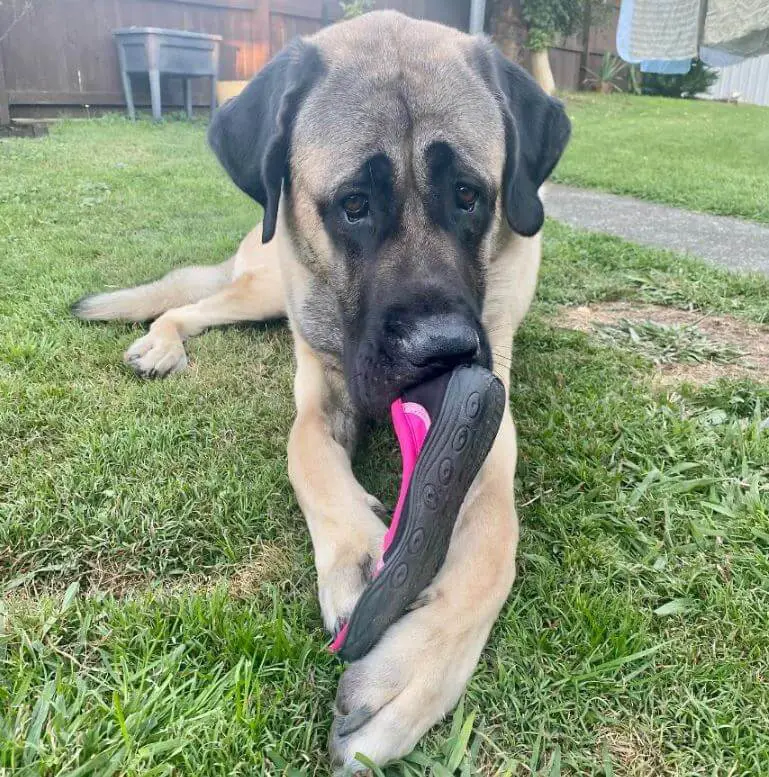Dealing with a dog’s destructive chewing behavior can be challenging for pet owners. Many turn to various deterrents to protect their belongings and keep their furry companions safe. One such deterrent that has gained attention is cayenne pepper. In this article, we’ll explore the safety and effectiveness of using cayenne pepper as a chewing deterrent for dogs.

Understanding Chewing Behavior in Dogs:
Chewing is a natural behavior for dogs, especially puppies. It helps them explore their environment, relieve stress, and soothe teething discomfort. However, when dogs chew on inappropriate items like furniture, shoes, or electrical cords, it can become a problem.
The Use of Cayenne Pepper as a Deterrent:
Cayenne pepper is a spice known for its spicy, pungent taste. Some pet owners have tried using cayenne pepper as a deterrent to discourage their dogs from chewing on items. The idea is that the strong taste and scent will deter the dog from continuing the undesirable behavior.

Is Cayenne Pepper Safe for Dogs?
While cayenne pepper is generally safe for humans when used in cooking, it may not be the best choice as a chewing deterrent for dogs for several reasons:
- Potential Harm: Cayenne pepper can cause irritation and discomfort if it comes into contact with a dog’s sensitive nose, mouth, or eyes. Inhaling or ingesting cayenne pepper can lead to respiratory or digestive issues.
- Unpredictable Reactions: Dogs may have varying reactions to cayenne pepper. Some may be deterred by the scent and taste, while others might not be affected at all.
- Temporary Solution: Using cayenne pepper as a deterrent may only provide a temporary solution to the chewing problem. Dogs can become desensitized to the taste and may resume the behavior once they get used to it.
Safer Alternatives:
Instead of cayenne pepper, consider using safer and more effective alternatives to deter chewing behavior in dogs:
- Bitter Apple Spray: This commercially available product has a bitter taste that dogs dislike. It can be sprayed on objects you want to protect.
- Chew Toys: Provide your dog with a variety of appropriate chew toys to satisfy their natural urge to chew.
- Training and Positive Reinforcement: Use positive reinforcement techniques to train your dog not to chew on inappropriate items. Reward them when they chew on their toys instead.
- Supervision: Keep a close eye on your dog, especially during the training phase, to prevent destructive chewing.
- Consult a Professional: If the chewing behavior persists, consult a professional dog trainer or behaviorist for guidance.

While cayenne pepper may seem like a convenient solution to deter chewing in dogs, its potential risks and limited effectiveness make it an undesirable option. Instead, opt for safer and more humane alternatives to address your dog’s chewing behavior. Prioritize your pet’s well-being by using positive reinforcement, training, and appropriate deterrent products to create a safe and harmonious environment for both you and your furry friend.
